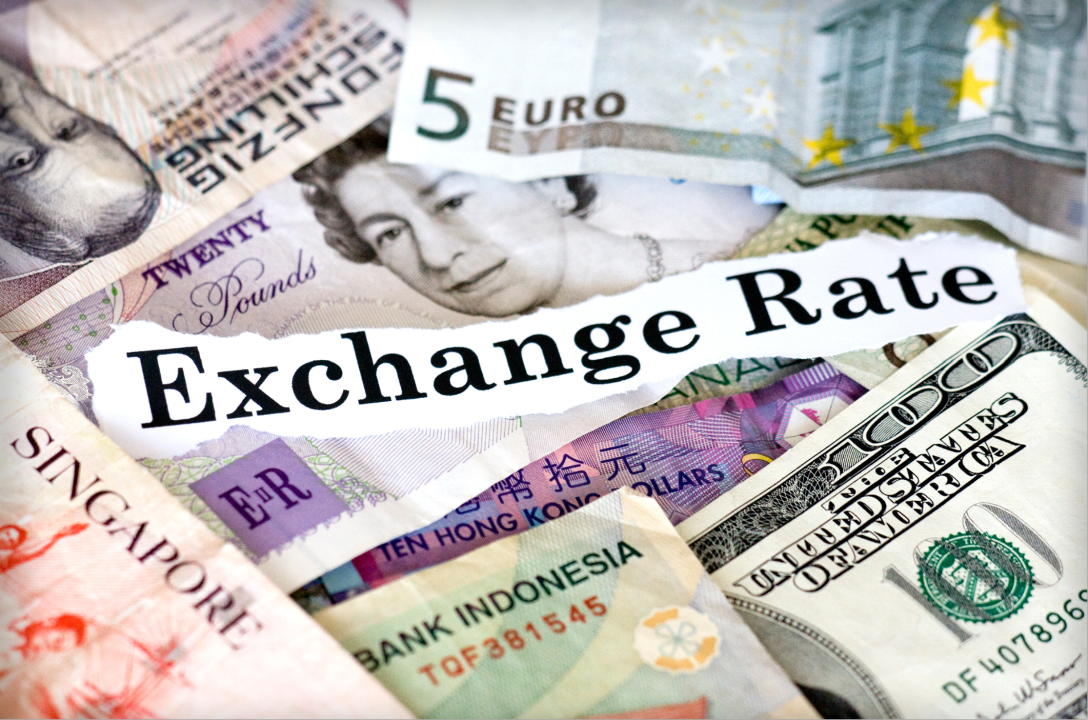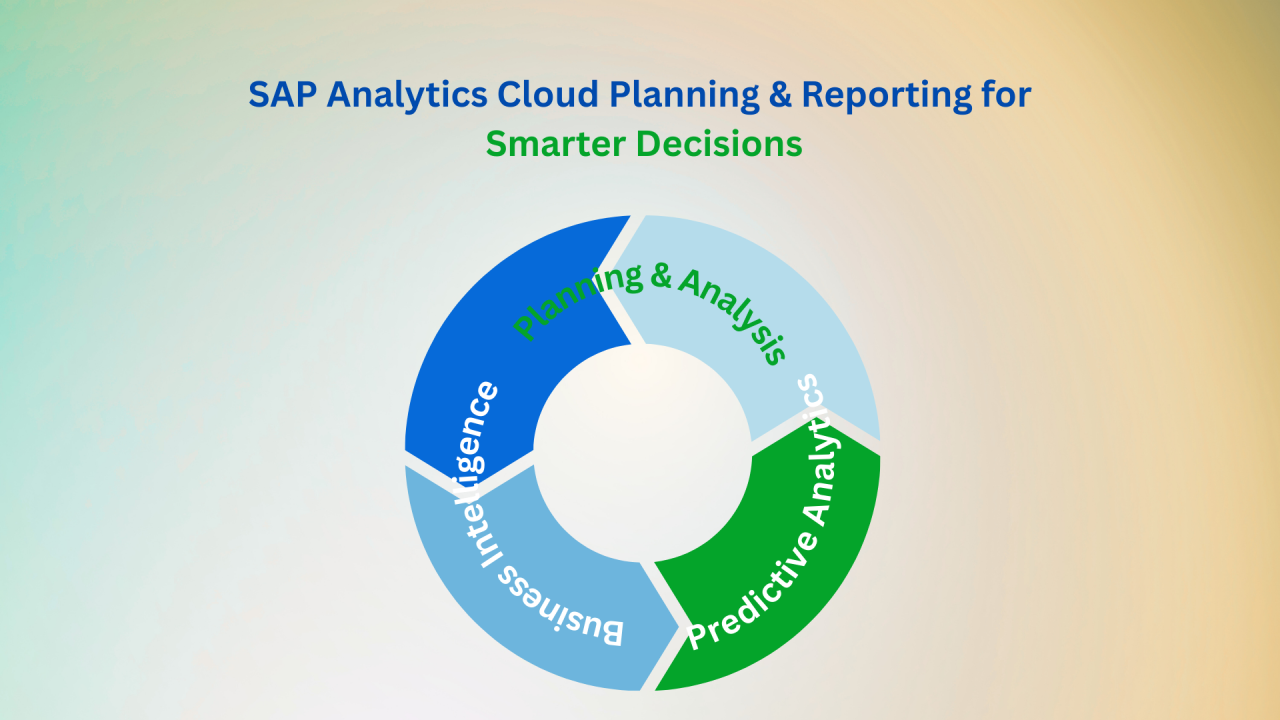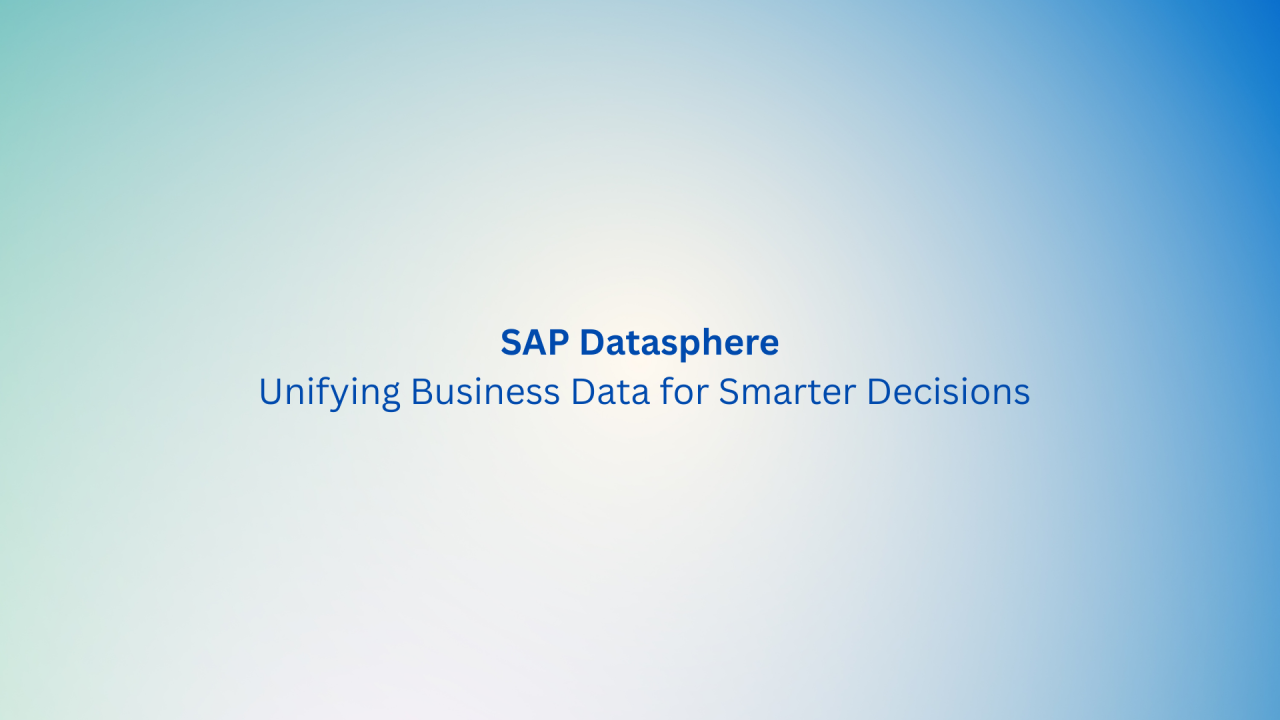Understanding Exchange Rates: A Prelude to SAP Group Reporting
Before we dive into the technical intricacies, let’s set the stage with a brief understanding of exchange rates and their significance for businesses.
What are Exchange Rates?
Exchange rates represent the value of one currency in terms of another. They are the financial translators that facilitate international trade and investment, determining the relative worth of different currencies.
Why are Exchange Rates Crucial for Companies?
For businesses, exchange rates play a pivotal role in several aspects:
- Global Transactions: Import and Export: Companies engaged in international trade navigate exchange rates daily. Fluctuations can impact the cost of imports and the revenue generated from exports.
- Financial Performance: Consolidated Financial Statements: Multinational corporations, especially, rely on accurate exchange rates for consolidating financial statements. This ensures a true reflection of the company’s overall performance.
- Risk Management: Currency Exposure: Exchange rate volatility poses risks. Businesses strategically manage this risk to avoid adverse effects on their financial health, employing tools like hedging.
- Strategic Decision-Making: Investment Planning: Companies contemplating international investments factor in exchange rates. These rates influence the return on investment and overall financial viability.
- Compliance and Reporting: Regulatory Requirements: Adhering to international reporting standards often requires companies to convert financial data into a common currency. Exchange rates are key to meeting these compliance requirements.
Frequently Asked Questions
We’ve received some fantastic questions about SAP Group Reporting, and we’re here to provide you with the answers you’re seeking. Let’s dive into the most commonly asked questions:
Q1: How does SAP Group Reporting handle different currency types in its configuration?
A1: SAP Group Reporting offers a comprehensive currency configuration module, allowing users to define and customize various currency types. From group currency to parallel currencies, the platform provides flexibility to meet diverse financial needs.
Q2: Can you explain the logic behind exchange rate determination in SAP Group Reporting?
A2: Certainly! Exchange rate determination in SAP Group Reporting involves a sophisticated algorithm that considers factors such as daily rates, monthly rates, and historical trends. This ensures accurate financial reporting by reflecting the latest market conditions.
Q3: How does SAP Group Reporting mitigate risks associated with currency fluctuations?
A3: SAP Group Reporting employs advanced features for currency exposure management. By offering proactive risk mitigation strategies, the platform helps organizations navigate the challenges posed by currency fluctuations in global markets.
Q4: What benefits does SAP Group Reporting bring to financial forecasting and planning?
A4: The precision in defining exchange rates within SAP Group Reporting enhances the accuracy of financial forecasting and planning. This, in turn, empowers organizations to make strategic decisions based on reliable financial data.
Q5: How does SAP Group Reporting ensure compliance with international reporting standards?
A5: SAP Group Reporting is designed to align seamlessly with various international reporting standards, including IFRS. The platform provides tools and features that facilitate compliance, ensuring organizations adhere to regulatory requirements.
Q6: Can you elaborate on the integration capabilities of SAP Group Reporting with SAP S/4HANA and other systems?
A6: Absolutely! SAP Group Reporting is engineered for seamless integration with SAP S/4HANA and other systems. This integration streamlines the flow of financial data, promoting a cohesive financial ecosystem for enhanced efficiency.
Q7: How does SAP Group Reporting automate the process of updating exchange rates?
A7: SAP Group Reporting incorporates automation features for updating exchange rates. This not only reduces manual efforts but also minimizes the risk of errors, ensuring the efficiency and accuracy of financial consolidation.
If you want to get more information to see if SAP Group Reporting is suitable for your requirements, we are happy to provide you with more insights with a live demonstration.





